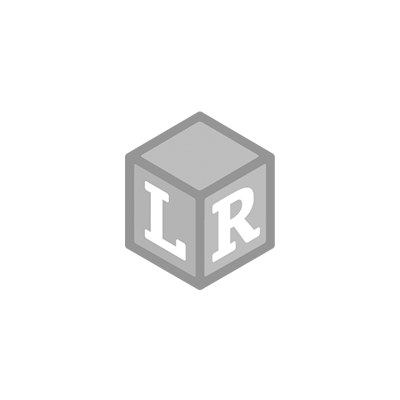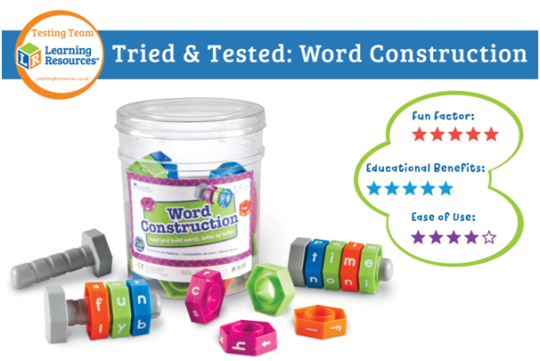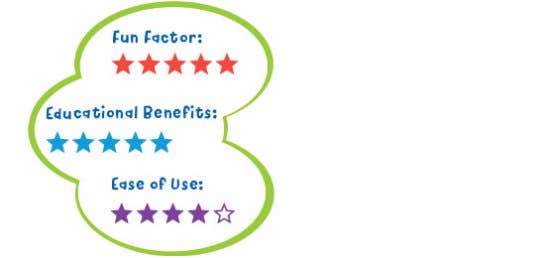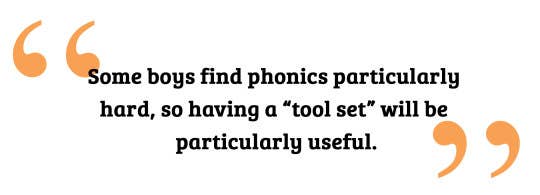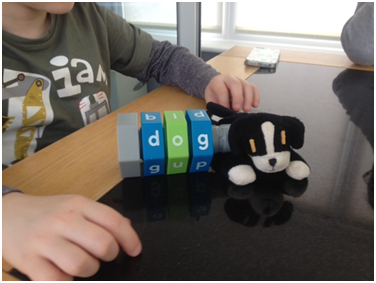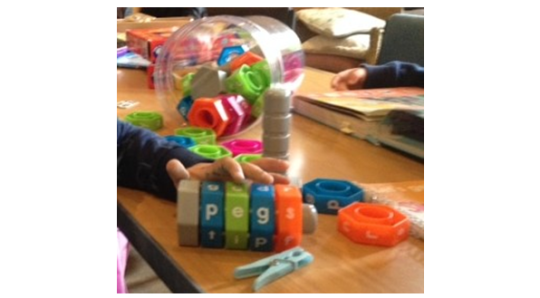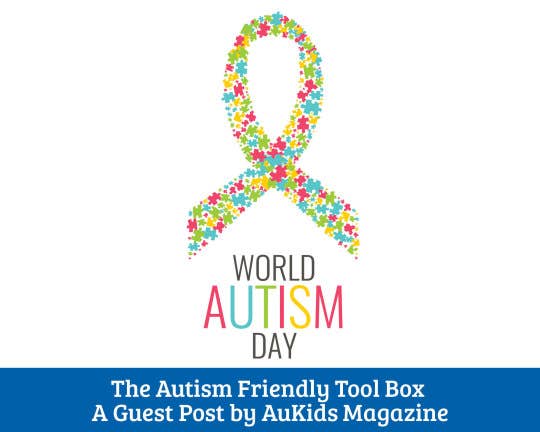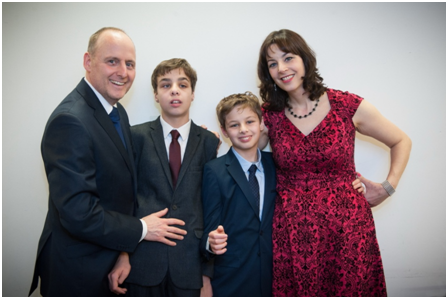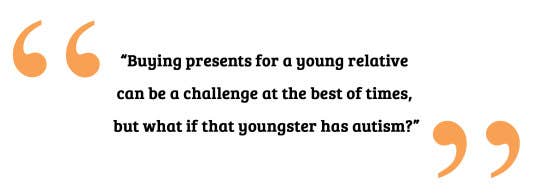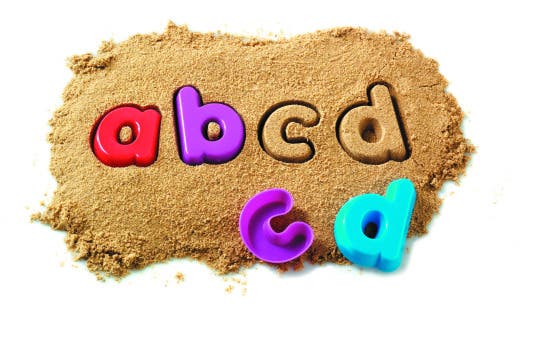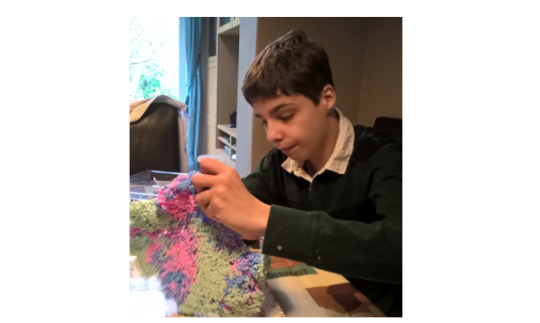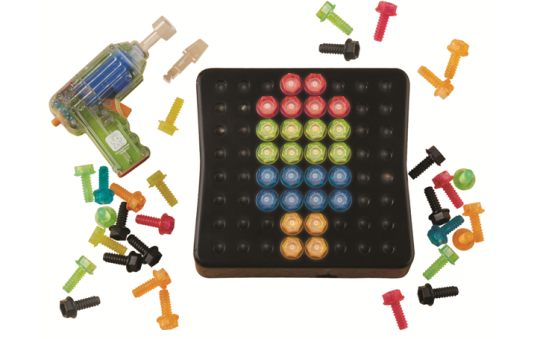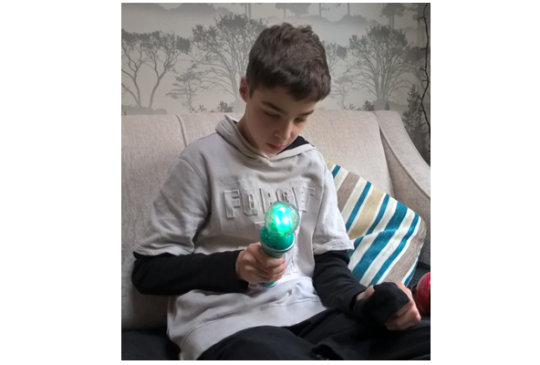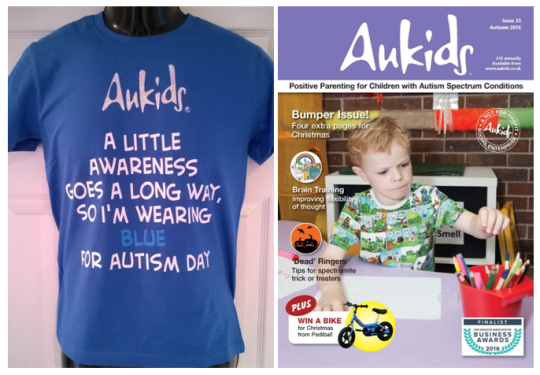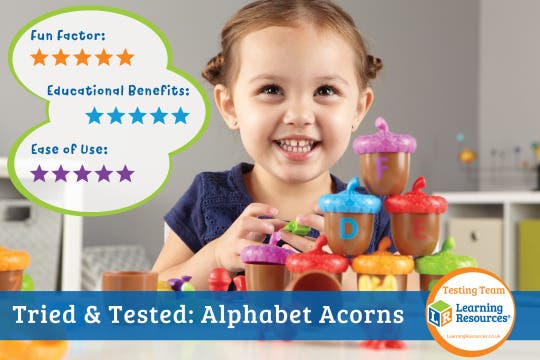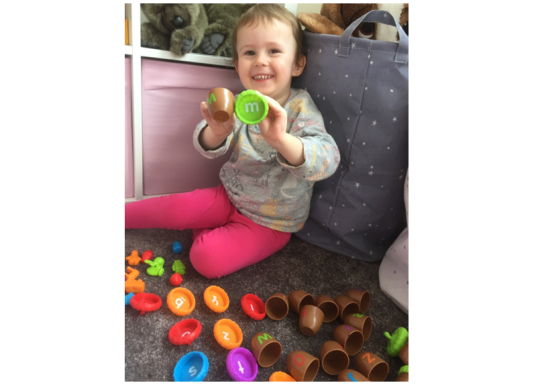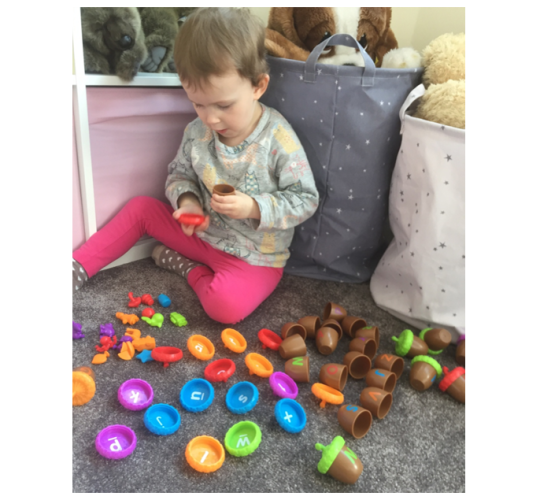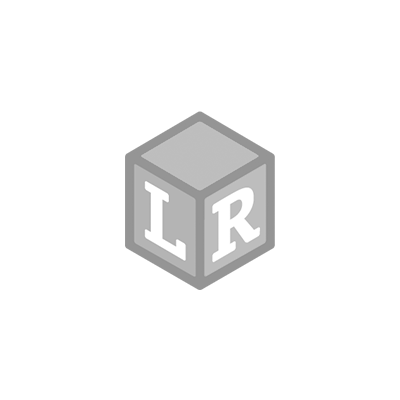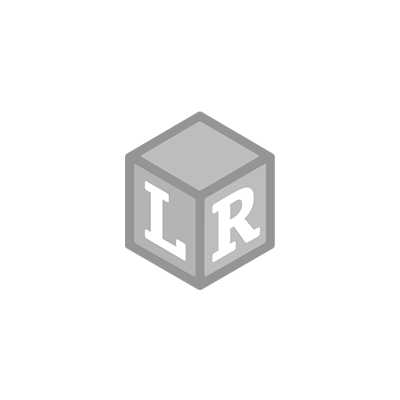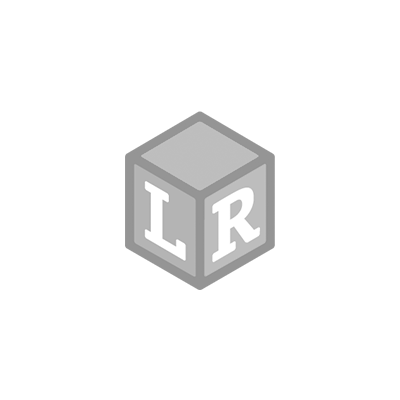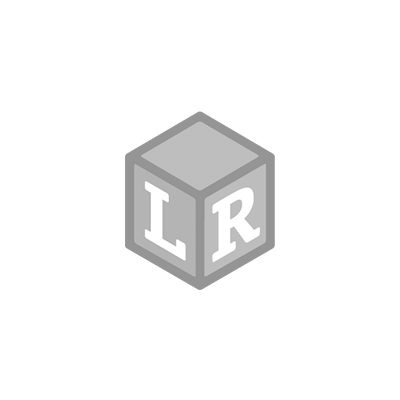Tried & Tested: GeoSafari® Jr. My First Microscope
- Laura Hutchinson Posted On Aug 15, 2017 | Learn
Name: Cassie from Lily’s Little LearnersAge of young learner: 2Product Testing: GeoSafari® Jr. My First Microscope  Cassie is a qualified Early Years Practitioner and blogs at Lily’s Little Learners. Her blog shares posts about daily activities, mummy life, toy reviews and learning through play. What were your first thoughts when the toy arrived? It looked fantastic! It looked like it was going to be really easy for Lily to use and very child friendly. We were excited to try it out.
Cassie is a qualified Early Years Practitioner and blogs at Lily’s Little Learners. Her blog shares posts about daily activities, mummy life, toy reviews and learning through play. What were your first thoughts when the toy arrived? It looked fantastic! It looked like it was going to be really easy for Lily to use and very child friendly. We were excited to try it out. How did you use it? We collected items from outdoors so we could place them under the microscope and learn more about them. I let Lily try it for herself and she really enjoyed looking through the double eye piece to see the items she had found in more detail.
How did you use it? We collected items from outdoors so we could place them under the microscope and learn more about them. I let Lily try it for herself and she really enjoyed looking through the double eye piece to see the items she had found in more detail.
 What did you like/dislike about the toy?There wasn’t anything I disliked about the toy! It was very easy to use, the perfect size and the two piece eye viewer meant that Lily didn’t have to close one eye to be able to use it. She could easily turn the wheel to focus the items also.
What did you like/dislike about the toy?There wasn’t anything I disliked about the toy! It was very easy to use, the perfect size and the two piece eye viewer meant that Lily didn’t have to close one eye to be able to use it. She could easily turn the wheel to focus the items also. What is the long term appeal?As Lily grows she will be able to use this to learn more about different objects. As she starts to understand things more she will learn how to describe objects and describe what she can see. Is it unique?I think the fact that it has a two piece eye viewer makes it unique. It’s unique that Learning Resources have made it possible for a child as young as Lily to use something that an adult will use in science. Would you recommend it to a friend? Yes - this set sure has made us get wild about learning! The Final ScoreFun factor: 5/5Educational benefits: 5/5Ease of use: 5/5
What is the long term appeal?As Lily grows she will be able to use this to learn more about different objects. As she starts to understand things more she will learn how to describe objects and describe what she can see. Is it unique?I think the fact that it has a two piece eye viewer makes it unique. It’s unique that Learning Resources have made it possible for a child as young as Lily to use something that an adult will use in science. Would you recommend it to a friend? Yes - this set sure has made us get wild about learning! The Final ScoreFun factor: 5/5Educational benefits: 5/5Ease of use: 5/5 *For more fun follow Lily’s Little Learners on Facebook, twitter and Instagram!
*For more fun follow Lily’s Little Learners on Facebook, twitter and Instagram!  Our GeoSafari® Jr. products let young explorers curiously investigate using colourful and functional tools and activities that have been designed specially for them. Discover the full range on our website!#LoveLearning
Our GeoSafari® Jr. products let young explorers curiously investigate using colourful and functional tools and activities that have been designed specially for them. Discover the full range on our website!#LoveLearning
 Cassie is a qualified Early Years Practitioner and blogs at Lily’s Little Learners. Her blog shares posts about daily activities, mummy life, toy reviews and learning through play. What were your first thoughts when the toy arrived? It looked fantastic! It looked like it was going to be really easy for Lily to use and very child friendly. We were excited to try it out.
Cassie is a qualified Early Years Practitioner and blogs at Lily’s Little Learners. Her blog shares posts about daily activities, mummy life, toy reviews and learning through play. What were your first thoughts when the toy arrived? It looked fantastic! It looked like it was going to be really easy for Lily to use and very child friendly. We were excited to try it out. How did you use it? We collected items from outdoors so we could place them under the microscope and learn more about them. I let Lily try it for herself and she really enjoyed looking through the double eye piece to see the items she had found in more detail.
How did you use it? We collected items from outdoors so we could place them under the microscope and learn more about them. I let Lily try it for herself and she really enjoyed looking through the double eye piece to see the items she had found in more detail.
"After we had been through all the objects she decided that she wanted to do it all over again. This time she did it all by herself while I sat back and watched. “What are the educational benefits? It’s a great start to getting children used to using scientific equipment to help them learn. It promotes an interest in early science and encourages a child to explore nature and learn more about the world around them.
 What did you like/dislike about the toy?There wasn’t anything I disliked about the toy! It was very easy to use, the perfect size and the two piece eye viewer meant that Lily didn’t have to close one eye to be able to use it. She could easily turn the wheel to focus the items also.
What did you like/dislike about the toy?There wasn’t anything I disliked about the toy! It was very easy to use, the perfect size and the two piece eye viewer meant that Lily didn’t have to close one eye to be able to use it. She could easily turn the wheel to focus the items also. What is the long term appeal?As Lily grows she will be able to use this to learn more about different objects. As she starts to understand things more she will learn how to describe objects and describe what she can see. Is it unique?I think the fact that it has a two piece eye viewer makes it unique. It’s unique that Learning Resources have made it possible for a child as young as Lily to use something that an adult will use in science. Would you recommend it to a friend? Yes - this set sure has made us get wild about learning! The Final ScoreFun factor: 5/5Educational benefits: 5/5Ease of use: 5/5
What is the long term appeal?As Lily grows she will be able to use this to learn more about different objects. As she starts to understand things more she will learn how to describe objects and describe what she can see. Is it unique?I think the fact that it has a two piece eye viewer makes it unique. It’s unique that Learning Resources have made it possible for a child as young as Lily to use something that an adult will use in science. Would you recommend it to a friend? Yes - this set sure has made us get wild about learning! The Final ScoreFun factor: 5/5Educational benefits: 5/5Ease of use: 5/5 *For more fun follow Lily’s Little Learners on Facebook, twitter and Instagram!
*For more fun follow Lily’s Little Learners on Facebook, twitter and Instagram!  Our GeoSafari® Jr. products let young explorers curiously investigate using colourful and functional tools and activities that have been designed specially for them. Discover the full range on our website!#LoveLearning
Our GeoSafari® Jr. products let young explorers curiously investigate using colourful and functional tools and activities that have been designed specially for them. Discover the full range on our website!#LoveLearning 


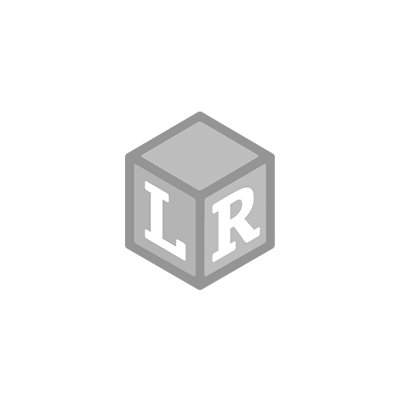
 Niki is a former teacher and deputy headmistress. She is currently a full time, stay at home mum to her two young children, doing as many fun and educational activities as they can each day. What were your first thoughts when the toy arrived?The
Niki is a former teacher and deputy headmistress. She is currently a full time, stay at home mum to her two young children, doing as many fun and educational activities as they can each day. What were your first thoughts when the toy arrived?The 

 What is the long term appeal?We will be able to use the Subscope in different situations; it will probably even come on holiday with us!
What is the long term appeal?We will be able to use the Subscope in different situations; it will probably even come on holiday with us! Fun Factor: 4/5Educational Benefits: 5/5Ease of use: 5/5 *For more fun follow
Fun Factor: 4/5Educational Benefits: 5/5Ease of use: 5/5 *For more fun follow 